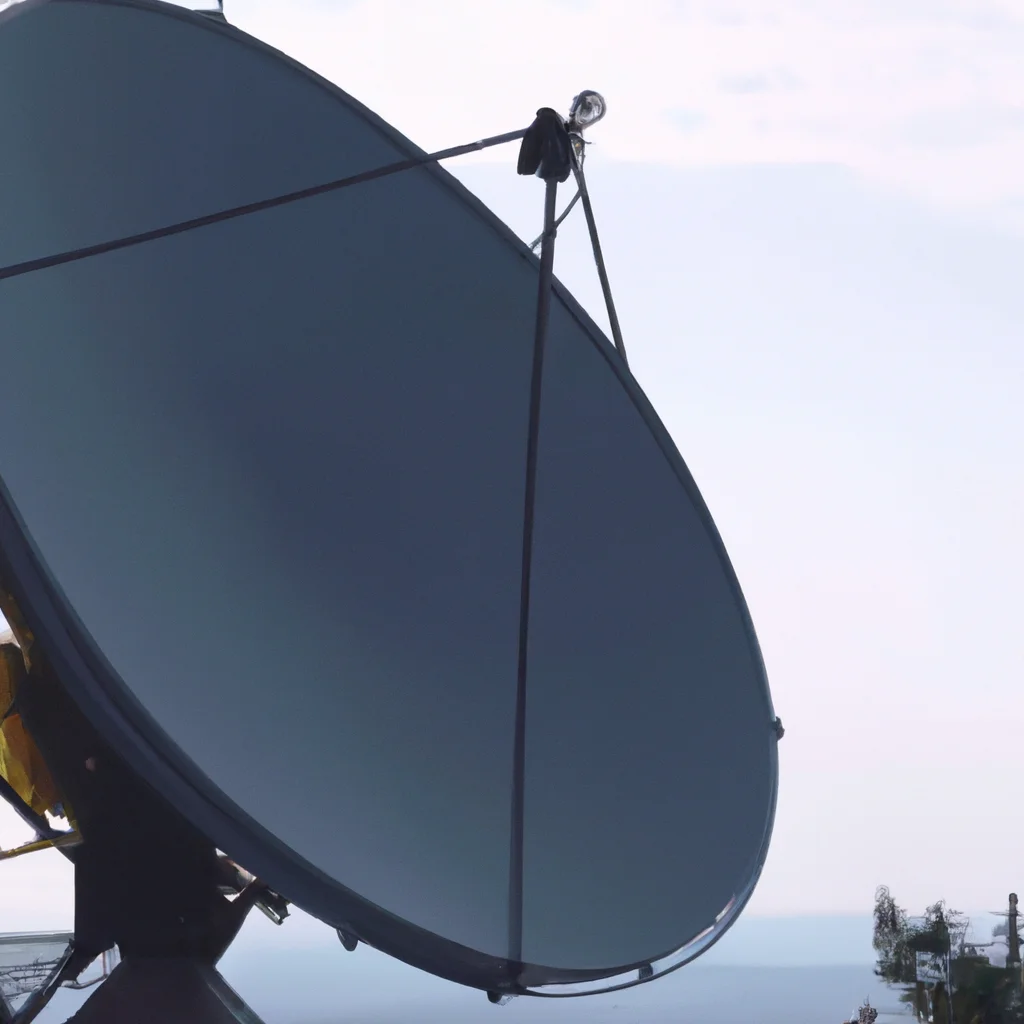How does a satellite dish receive signals?


How does a satellite dish receive signals?
Satellite technology has revolutionized the way we receive television signals. Gone are the days when people had to rely on cable TV or antenna to watch their favorite shows. Satellite dishes are becoming increasingly popular as they offer a wide range of channels and better signal strength. But have you ever wondered how a satellite dish receives signals? In this article, we will explore the workings of a satellite dish and how it receives signals.
Understanding Satellite Communication
Before we dive into the mechanics of a satellite dish, let’s first understand how satellite communication works. A satellite is a device that orbits the earth and is used to transmit and receive signals. Satellites are equipped with transponders that receive signals from earth and transmit them back. Communication between the satellite and the ground station is achieved through radio waves.
When you watch TV, the signal is transmitted from the broadcast station to the satellite. The satellite then amplifies the signal and sends it back to earth. The signal is then picked up by the satellite dish and transmitted to your TV.
How Does a Satellite Dish Receive Signals?
A satellite dish is a dish antenna that is used to receive signals from a satellite. The dish is usually made of metal and is shaped like a parabolic reflector. The reflector is designed to capture the signal from the satellite and reflect it onto a small receiver called a LNB (Low Noise Block).
The LNB is mounted on the dish and is responsible for amplifying and converting the received signal to a lower frequency. The lower frequency signal is then sent to the receiver in your home where it is decoded and displayed on your TV.
Factors Affecting Signal Strength
The strength of the signal received by the satellite dish is affected by several factors. Some of these factors include:
1. Weather conditions: Bad weather such as heavy rain or snow can weaken the signal.
2. Dish size: The larger the dish, the stronger the signal. This is because a larger dish can capture more of the signal from the satellite.
3. Distance from the satellite: The closer the satellite, the stronger the signal.
4. Obstructions: Trees, buildings, and other obstructions can block the signal and weaken it.
How to Install a Satellite Dish
Installing a satellite dish is not a difficult process, but it does require some technical knowledge. Here are the steps involved in installing a satellite dish:
1. Find a suitable location for the dish: The dish should be installed in a location where it has an unobstructed view of the sky.
2. Mount the dish: The dish should be mounted securely to a pole or bracket using bolts and screws.
3. Install the LNB: The LNB should be attached to the dish using a bracket and cable ties.
4. Run the cable: The cable should be run from the LNB to the receiver in your home.
5. Point the dish: The dish should be pointed in the direction of the satellite using a compass and elevation chart.
Conclusion
Satellite technology has transformed the way we watch TV. A satellite dish is an essential component of satellite television as it receives signals from the satellite. The dish is designed to capture and reflect the signal onto a small receiver called a LNB, which amplifies and converts the signal to a lower frequency. The signal is then sent to the receiver in your home where it is decoded and displayed on your TV. Understanding how a satellite dish works can help you install and maintain your satellite TV system.
Recent Posts
How do I create an engaging and informative online quiz or assessment?
Creating an engaging and informative online quiz or assessment can be a powerful tool for… Read More
What are the most effective methods for managing and reducing work-related stress in the hospitality industry?
Work-related stress is a common issue in the hospitality industry, where employees often face long… Read More
How can I improve my assertiveness and communication skills in a leadership position?
In a leadership position, assertiveness and effective communication skills are crucial for success. Being able… Read More
What are the key elements of a successful employee recognition and rewards program?
Employee recognition and rewards programs play a crucial role in motivating and engaging employees, as… Read More
How do I effectively manage and respond to customer feedback and reviews?
Customer feedback and online reviews play a crucial role in shaping a company's reputation and… Read More
What are the best strategies for effective time management as a stay-at-home parent?
Effective time management is crucial for stay-at-home parents who juggle multiple responsibilities on a daily… Read More